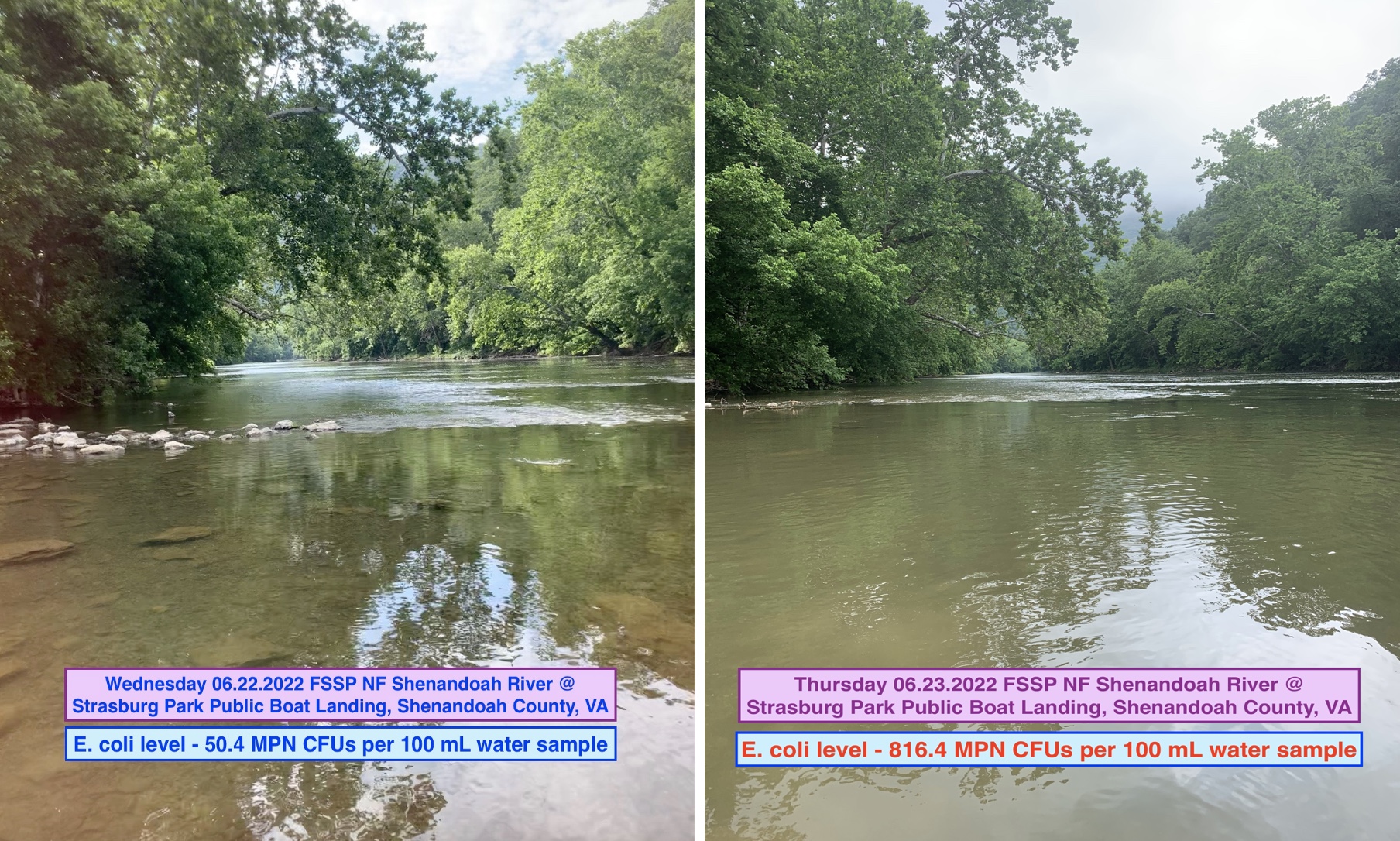it's a well known fact that one of the signs of contaminated drinking water is intestinal disorders.
"Drinking Water Quality
Surface waters and aquifers can be contaminated by various chemicals, microbes, and radionuclides. Disinfection of drinking water has dramatically reduced the prevalence of waterborne diseases (such as typhoid, cholera, and hepatitis) in the United States. Other processes may also be used to treat drinking water depending on the characteristics of and contaminants in the source water.
Surface waters and aquifers can be contaminated by various chemicals, microbes, and radionuclides. Disinfection of drinking water has dramatically reduced the prevalence of waterborne diseases (such as typhoid, cholera, and hepatitis) in the United States. Other processes may also be used to treat drinking water depending on the characteristics of and contaminants in the source water.
Common sources of drinking water contaminants include:
- Industry and agriculture. Organic solvents, petroleum products, and heavy metals from disposal sites or storage facilities can migrate into aquifers. Pesticides and fertilizers can be carried into lakes and streams by rainfall runoff or snowmelt, or can percolate into aquifers.
- Human and animal waste. Human wastes from sewage and septic systems can carry harmful microbes into drinking water sources, as can wastes from animal feedlots and wildlife. Major contaminants include Giardia, Cryptosporidium, and E. coli.
- Treatment and distribution. While treatment can remove many contaminants, it can also leave behind byproducts (such as trihalomethanes) that may themselves be harmful. Water can also become contaminated after it enters the distribution system, from a breach in the piping system or from corrosion of plumbing materials made from lead or copper.
- Natural sources. Some ground water is unsuitable for drinking because the local underground conditions include high levels of certain contaminants. For example, as ground water travels through rock and soil, it can pick up naturally occurring arsenic, other heavy metals, or radionuclides.
Effects on Human Health
If drinking water contains unsafe levels of contaminants, it can cause health effects, such as gastrointestinal illnesses, nervous system or reproductive effects, and chronic diseases such as cancer. Factors that can influence whether a contaminant will lead to health effects include the type of contaminant, its concentration in the water, individual susceptibility, the amount of water consumed, and the duration of exposure.
- Health effects of chemical exposure. Chemical exposure through drinking water can lead to a variety of short- and long-term health effects. Exposure to high doses of chemicals can lead to skin discoloration or more severe problems such as nervous system or organ damage and developmental or reproductive effects. Exposure to lower doses over long periods of time can lead to chronic, longer-term conditions such as cancer. The effects of some drinking water contaminants are not yet well understood.
- Health effects of consuming water with disease-causing microbes. Most life-threatening waterborne diseases caused by microbes (such as typhoid fever or cholera) are rare in the United States today. The more common illnesses caused by viruses, bacteria, and parasites can result in stomach pain, vomiting, diarrhea, headache, fever, and kidney failure. Infectious diseases such as hepatitis can also occur. Hepatitis may be severe in people with weakened immune systems (e.g., infants and the elderly) and sometimes fatal in people with severely compromised immune systems (e.g., cancer and AIDS patients)."
it's a well known fact that the Virginia Department of Health has alerted the public multiple times over the past several years for harmful algae blooms in strasburg.
North Fork Shenandoah River at Strasburg Park public boat landing in Shenandoah County VA. E. coli levels on Wednesday June 22 versus Thursday June 23, 2022.
source: FSSP NF Shenandoah River E. coli levels on Wednesday June 22 versus Thursday Jun 23 - FOSR - FOSR 816.4 CFUs per 100 ml !!!--one would expect E. coli levels like this in an open sewer!!!
how safe is our drinking water? It's also a well known fact that the town of strasburg has been searching for water treatment plant operators for a year or more.
If strasburg residents were experiencing widespread intestinal disorders recently (we have) then how would you know? It's a well known fact that the town of strasburg's communication with its citizens is poor.
perhaps the newly elected members of the town council can look into this as part of their obligation to look out for the health, safety and welfare of strasburg's citizens--including communicating their findings to strasburg's citizens.

No comments:
Post a Comment